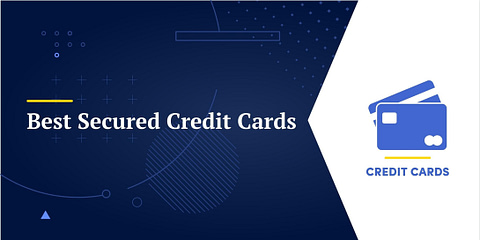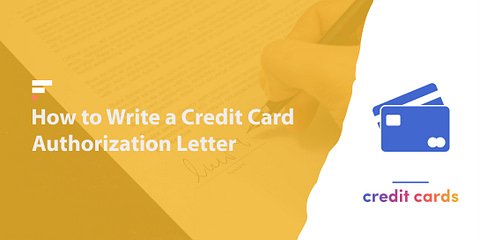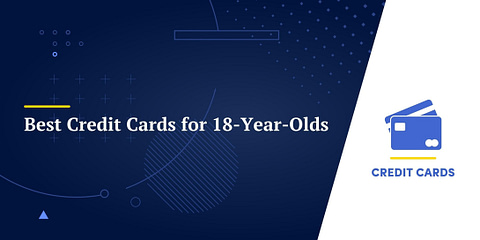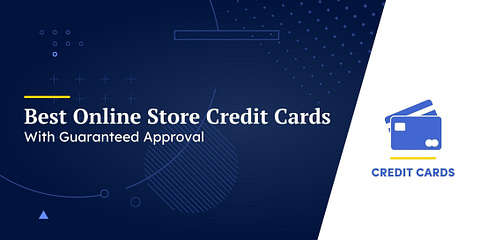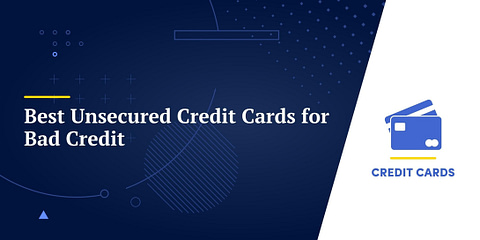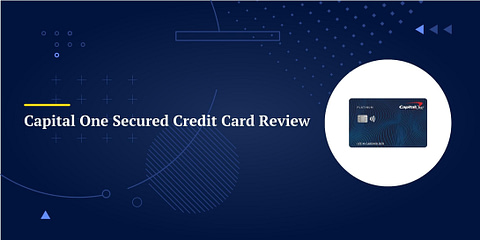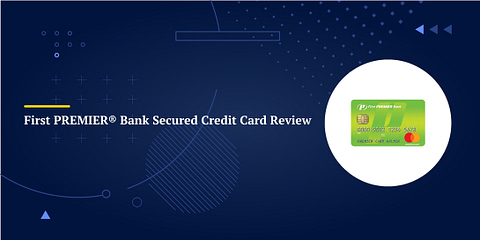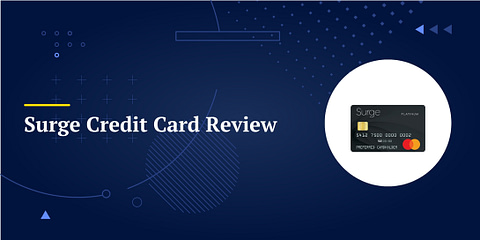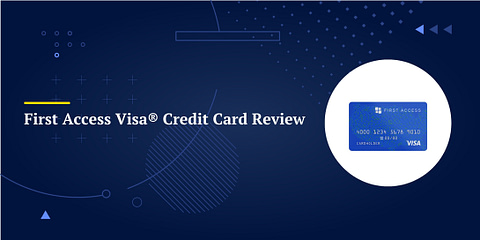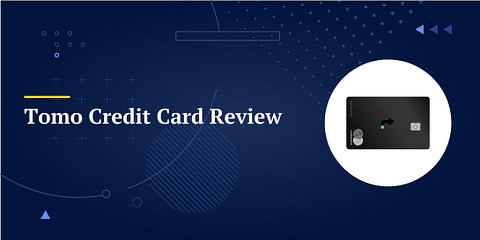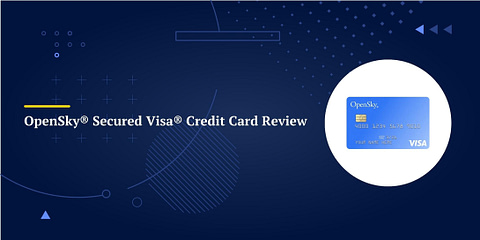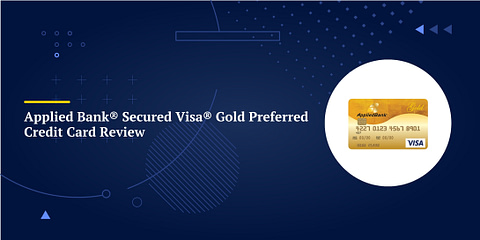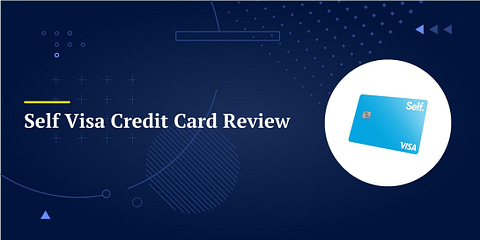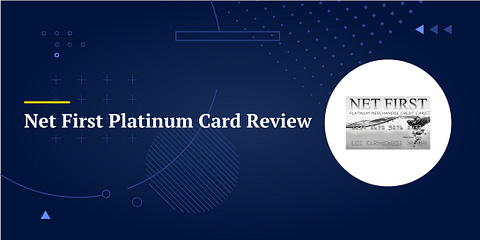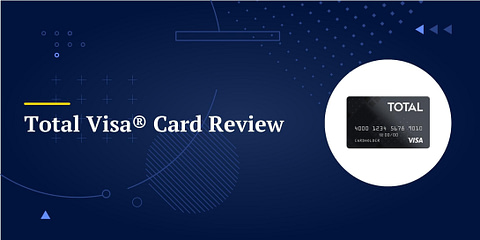Buy now, pay later. That is the nutshell promise of credit card use. That’s why it’s important to understand how to use credit cards wisely. Having a credit card or even a few of them is not a bad thing in itself. It is one of the simplest ways of beginning to establish a credit history. Credit cards are convenient, secure, and can help you manage short-term cash flow. They can also become a real headache, and then a real danger to your financial stability.
American consumer holds an average of $5,733 in credit card debt. At the same time, 39% of Americans do not have $400 on hand to cover emergencies[1].
We all know someone who has found themselves in thousands or tens of thousands of dollars in credit card debt. Some of us have been through it ourselves.
Understanding how to use credit cards wisely is a necessary part of managing a budget and building wealth over time. If you take every credit card that is offered and run up those account balances, your finances can turn upside down pretty quickly. Let’s look at some ways to avoid that outcome.
Avoiding the Credit Card Debt Trap
Credit cards are called revolving credit. This is an arrangement in which you as the borrower are allowed to borrow money up to a certain limit and pay it back over time. This happens through a minimum monthly payment, all at once, or something in between. You can spend, borrow, and pay back up to that limit repeatedly as long as you pay enough to keep your account in good standing.
Three features of credit cards combine to create the credit card debt trap.
- High rates. According to the Federal Reserve, the average US credit card user paid a 15.91% interest rate in February 2021[2]. Many cards carry rates up to 25%.
- Low minimum payments. Most credit cards allow you to keep your account in good standing – and keep spending – with a relatively low monthly payment. That makes it easy to run up a balance.
- Daily compounding of interest. Most credit card interest compounds daily, meaning you’re paying interest on your interest, and that interest is added to your balance every day.
⚠️ High rates, rapidly growing balances, and daily compounding mean your balance can get out of control very quickly.
While responsible use of credit cards offers advantages like convenience, security, and credit building, you need to manage them carefully to avoid the credit card debt trap. While everyone uses cards a bit differently, there are certain behaviors that all responsible credit card users share.
Credit Card Rules to Live By
Here are a few rules of responsible credit card use:
1. Always Pay Your Balance in Full, Every Month
This may sound impossible, but the benefits are enormous. Credit card balances paid on or before the due date do not accrue any interest. By getting into the habit of paying the full balance each month, you are essentially giving yourself an interest-free loan for paying off your balance on or before the due date. Once you carry that balance into the next month, you start paying interest. And once you have that carryover balance, it can quickly snowball into larger and larger balances. That is exactly how you get into the debt trap you want to avoid.
2. Never Make the Minimum Payment
What if you have a balance right now? The next step in responsible use is to pay as much above the minimum payment as you can. Paying just the minimum is the fastest way into the credit card debt trap. It is very difficult to pay the minimum, keep accumulating interest on the debt, make occasional purchases on the card, and actually pay the card down. You will be in a perpetual cycle where you pay and pay, but can’t seem to put a dent in the overall balance on the card.
3. Don’t Use Cash Advances
Credit card companies love to hit your inbox or mailbox with offers of easy-access cash advances. Don’t do it. Credit card cash advances carry a higher interest rate than you pay on regular purchases, and interest typically begins accruing immediately, without a grace period. The wisdom of musician Tom Waits is pertinent here. In the song Step Right Up, he offers up this truism: “The large print giveth and the small print taketh away.” If you thought the interest rate on purchases with your card was high, the cash advance interest rate, hidden in the small print on your statement, will not make you happy.
4. Tackle Your Credit Card Debt Strategically
You may be well beyond that first rule of thumb of paying cards in full each month. You are not alone. Many Americans carry balances on multiple credit cards. So you have accumulated some debt and you want to do more than pay the minimum on all those cards. The next step is to pay down the debt strategically.
If you have multiple cards with balances on them and other payments, like a car loan, you need to prioritize those payments and decide which ones you will pay off first? There are several strategies for getting out of debt. Many advisors advocate simply tackling the smallest balances first. Pay as much as you can towards them until they are paid off, then go on to the next smallest balance. Others advise focusing on the debt with the highest interest rate first. You’ll need to choose a strategy that fits your needs, and stick to it.
5. Keep Your Balance Below 30% of Your Limit
Your credit utilization ratio – the percentage of your available credit that you actually use – is an important part of your credit score. Managing the balance on each card is one way of making sure that ratio stays in line. Your target is to keep that ratio below 30%. If you have a credit limit of $1000, the goal would be to limit the balance at any time to $300 and pay that off when the next payment is due.
💡 Keeping your credit utilization rate well below 30% is even better. FICO reports that individuals with FICO scores over 785 had an average 7% credit utilization rate[3]. They used only 7% of their available credit.
Wise Credit Card Use for New Credit Card Users
Credit cards can be a great way to start building credit from scratch. If you don’t handle them carefully, though, you could establish a bad credit record and bury yourself in debt at the same time. If you are new to credit cards, here are some ways to start using credit cards wisely.
6. Limit the Types of Purchases You Make
Consider using a credit card for just one or two types of purchases that are a normal part of your budget. You can pay for gas or maybe the latte you buy once or twice a week. You might pay your utility bill with a credit card and pay that off after you’ve paid rent and before the next credit card payment is due.
💡 If you’re worried about your ability to control your spending, try this trick.
👉 Get a basic card with no annual fee. Put one or two small recurring expenses on it, like your internet bill or Netflix subscription. Set up a pull payment from your checking account, then put the card away and forget about it. The card will be active, you’ll use only a small part of your credit limit, and the payments will be made on time. That builds your credit and keeps you out of debt at the same time.
7. Use a Secured Credit Card
You can dip a toe in the water of wise credit card use by starting with a secured credit card. You’ll put down a deposit, which will become your credit limit: if you deposit $500, your credit limit will be $500. Because you have made a deposit, the issuer has little risk, so it’s relatively easy to get approved even with a limited credit record.
Secured card issuers will report your history to the credit bureaus, so these cards can be a good way to begin building credit. Because your limit is low, you’re not so likely to go deep into debt. You should still keep your credit utilization low and pay every bill on time and in full!
8. Build a Solid Credit History
Using a credit card responsibly can be a great way to build your credit. If you are just entering adulthood or otherwise new to the world of credit, signing up for a credit card with a low limit, paying it off every month, and keeping your credit utilization low can be a good way of establishing credit. That can help you get ready to secure an auto loan, qualify for leasing an apartment, and similar activities that require a credit history.
Helpful Tools for Keeping Credit Card Debt in Check
To stay on top of debt and especially credit card debt, here are a few tools to have at your disposal as you build a healthy financial foundation.
9. Use a Budget
Understanding how to use credit cards wisely is part of an overall budgeting process. You can use our Simple Budget Calculator to get a clear sense of your monthly income and expenses. With a clear sense of your budget, you can manage credit card spending and repayment as part of that overall budgeting process.
10. Schedule Your Shopping
We use credit cards to get products or services we want or need. We use them to get these things without waiting. Credit cards are for shopping, whether that’s filling up your Amazon cart or getting a bespoke tie or blouse in a local boutique.
One of our most-read recent articles is a guide to the Best Days to Shop each month and what to shop for. We want what we want when we want it, but with a little bit of planning, you can use your credit card for shopping at the ideal time for the products and services you are looking for.
11. Spend Mindfully
Credit cards make it easy to buy what we want. Unfortunately, many of us want more things than we can afford. Keeping your spending focused on needs, and buying things we want only when we can afford them, can go a long way toward keeping our spending in check. A budget will help. Like the Japanese Kakeibo, some budgeting systems take it one step farther and build your budget around mindful shopping. Prioritizing your needs and indulging only those wants that can bring you lasting pleasure will bring you closer to full control of your spending.

Wise Credit Card Use is a Bottom Line Issue
The lure of buying now and paying later can snowball into situations that challenge your financial well-being. But when you learn how to use credit cards wisely, you’ll gain convenience, an understanding of cash flow, and an avenue for maintaining a solid credit history and rating.
Credit cards can be a valuable tool or a dangerous curse; the difference lies in how you use them. Using some simple principles for smart use of credit cards, along with some strategies for getting back on track, can go a long way in helping you reach your overall financial goals. And you can reach those goals sooner than you think.

